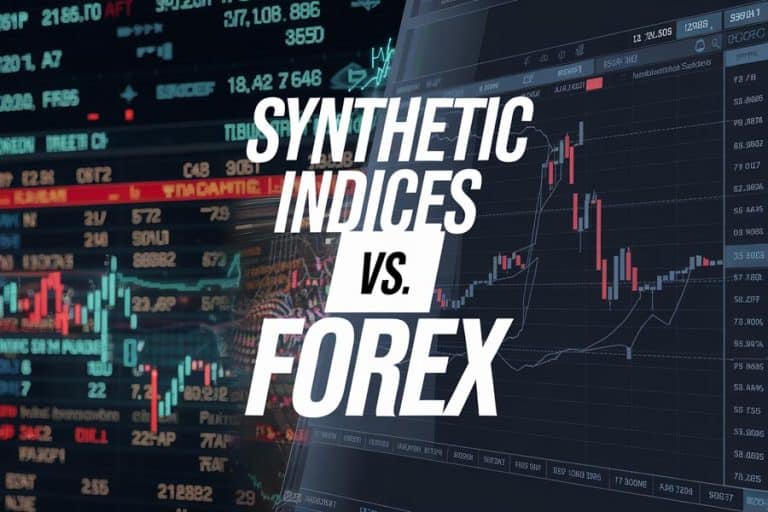
Your first few weeks and months as a first-time trader or investor may feel overwhelming. There is a lot of new information you have to learn, and you must make the right choice when choosing which markets to invest in.
Two of the most popular markets for online traders are forex and synthetic indices. While the goal for both is to help traders make a profit, they have a few significant differences. This article will guide you through both markets, highlighting the key differences and how to choose the ideal fit.
Forex 101
You must have heard about forex by now. It is short for foreign exchange, and it is the world’s biggest financial market. Traders make money by exchanging currency pairs against each other. For example, if you think the USD will perform well against the EUR, you will buy the USD/EUR pair.
Unlike synthetic indices, forex markets are influenced by economic factors, geopolitics, and policies set by central governments. For example, trade wars between the U.S. and the EU may shift the values of the USD and EUR.
Synthetic Indices 101
The indices are generated by algorithms and models, and unlike real-world commodities and assets, it is easy to predict their movements. Synthetic indices are also available 24/7, meaning you can trade at any time of day.
Synthetic indices available on Weltrade are simulated financial tools built to mimic the real forex markets. Synthetic indices aren’t tied to real assets. If you have ever played simulation games, the analogy is almost similar.
What Are the Main Differences?
Knowing the differences between synthetic indices and forex is crucial when starting your journey as a trader.
- Volatility and Risk
Risk is the name of the game if you want to venture into synthetic indices or forex. Synthetic indices are less volatile than forex markets, but the markets can crash if the algorithm makes sudden adjustments.
Forex, on the other hand, is highly volatile. Currency values may crash due to political news or sudden global events.
- Nature of Market
Synthetic indices are created artificially using algorithms and models to mimic real-world markets. The behavior and price movements are more predictable. However, there is always the risk of market manipulation if the algorithm is rigged.
Forex is a real market influenced by various factors, from inflation to geopolitics and interest rates. It is more volatile and unpredictable—news such as country A setting sanctions or expanding trade tariffs on country B may affect currency values.
- Trading Times
With synthetic indices, there are no opening and closing hours. The market is open 24/7 all year long.
The forex market doesn’t operate that way. The split sessions often create periods of low and high activity. This makes it challenging for traders from certain time zones to access the market.
Which Is Better for Newbie Traders?
There is no right or wrong answer when it comes to synthetic indices vs. forex. The best option is to assess your goals, trading style, experience, and risk level. However, synthetic indices are ideal for newbies because they have a smoother learning curve.
